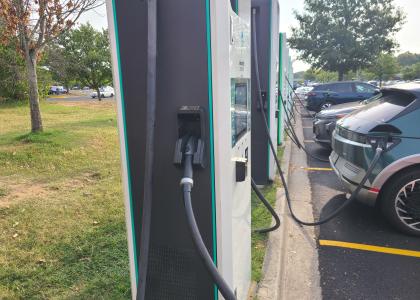Washington—Today, the Environmental Protection Agency (EPA) released the Clean Power Plan, a rule that sets state-specific targets for carbon dioxide emissions from existing power plants. As the president noted in today’s announcement, one of the most promising compliance options available for states under the rule is increasing their energy efficiency. Previous analysis by the American Council for an Energy-Efficient Economy (ACEEE) found that under the draft rule more than 50% of the required emissions cuts could be achieved through energy efficiency.
Energy efficiency programs are generally two to three times cheaper to implement than generating power from traditional sources, and have additional benefits, such as lower utility bills for customers and businesses and local job creation, according to research from ACEEE. This is confirmed in EPA economic analysis, which shows energy efficiency as a key element in efforts to keep the cost of today’s rule down.
Today’s final rule includes a new proposed early credit program for energy efficiency savings achieved in 2020 and 2021 in low-income communities. The rule also clarifies a number of particulars regarding the broad range of energy efficiency savings that can be counted, increasing the likelihood that states will include energy efficiency in their plans.
“EPA and the president have made it clear that investing in energy efficiency will be a major opportunity for states looking for ways to comply with the Clean Power Plan rule,” said Steven Nadel, executive director of ACEEE. “The inclusion of energy efficiency in compliance plans is much more important than whether energy efficiency is used in EPA calculations to develop individual state targets. Energy efficiency is generally the cheapest, fastest, and most readily available path for states looking to achieve substantial emissions reductions, while maintaining affordable and reliable power for their citizens.”
A majority of states already have significant experience employing energy efficiency as a utility-system resource. Currently, twenty-four states have an annual energy savings target, while forty-one states have adopted national model building codes. In addition, more than 30% of the U.S. industrial sector’s electricity needs are being met through combined heat and power.
ACEEE has developed a variety of resources to provide guidance to states looking to benefit from energy efficiency compliance strategies. To learn more, visit: http://aceee.org/topics/section-111d-clean-air-act
The American Council for an Energy-Efficient Economy acts as a catalyst to advance energy efficiency policies, programs, technologies, investments, and behaviors.


